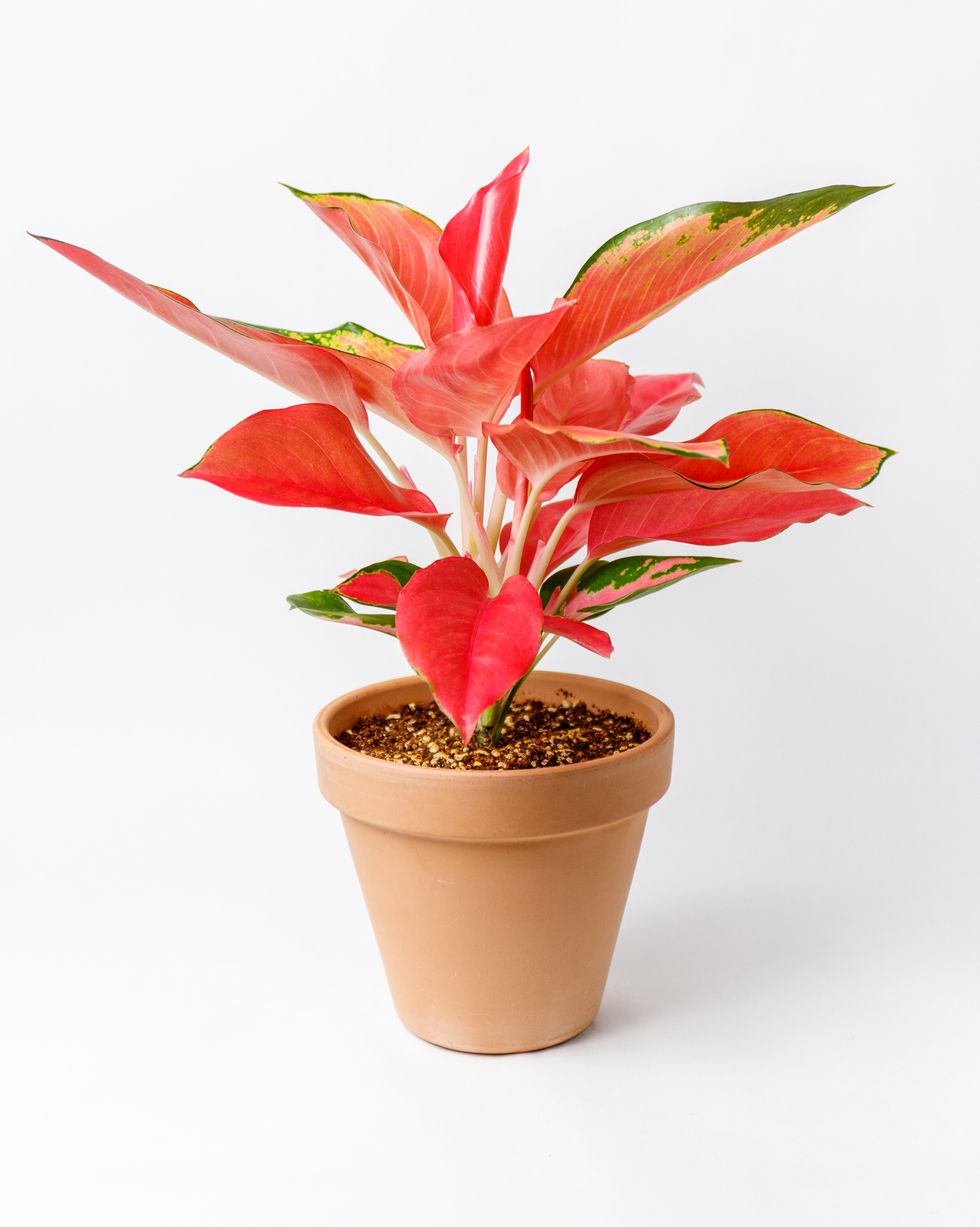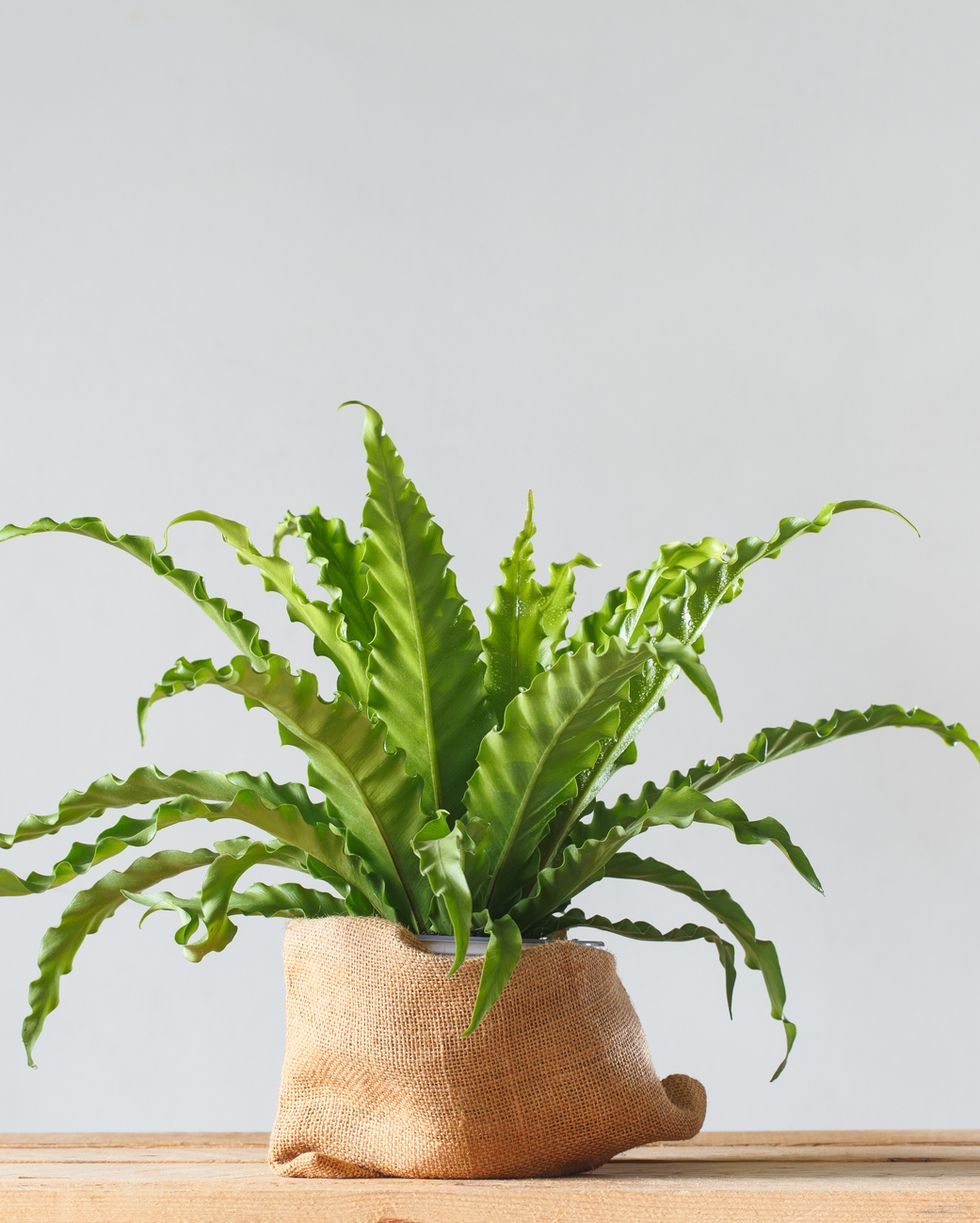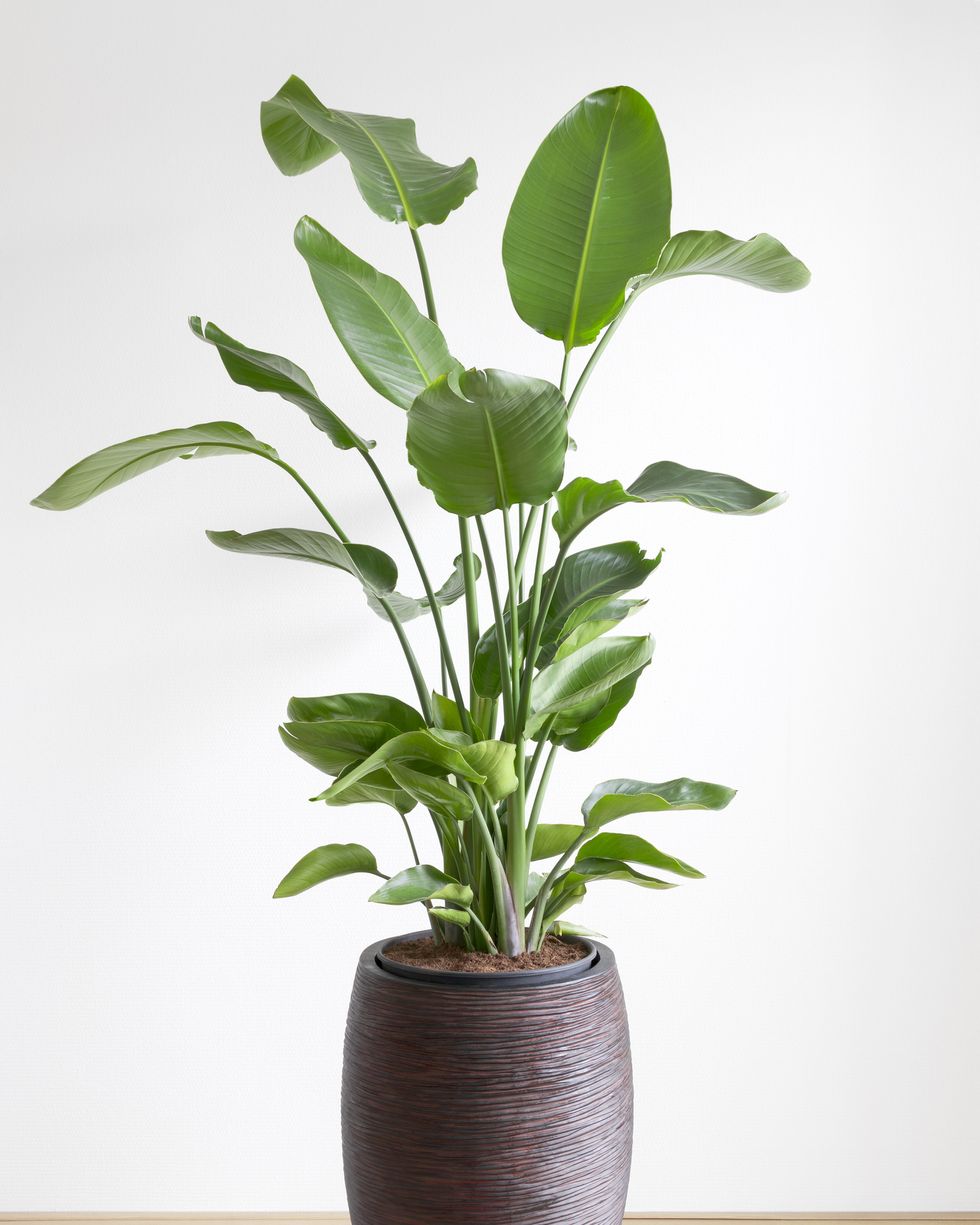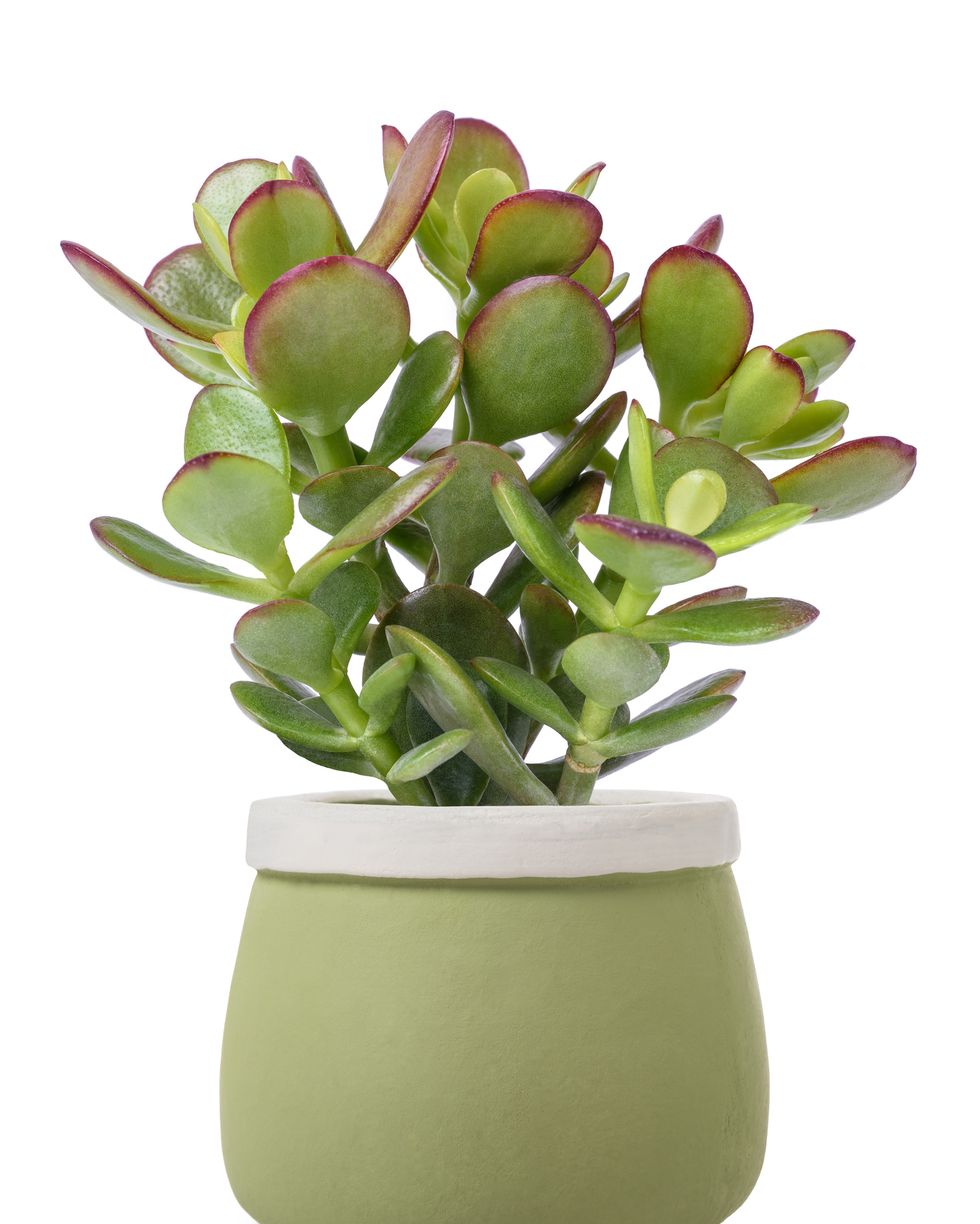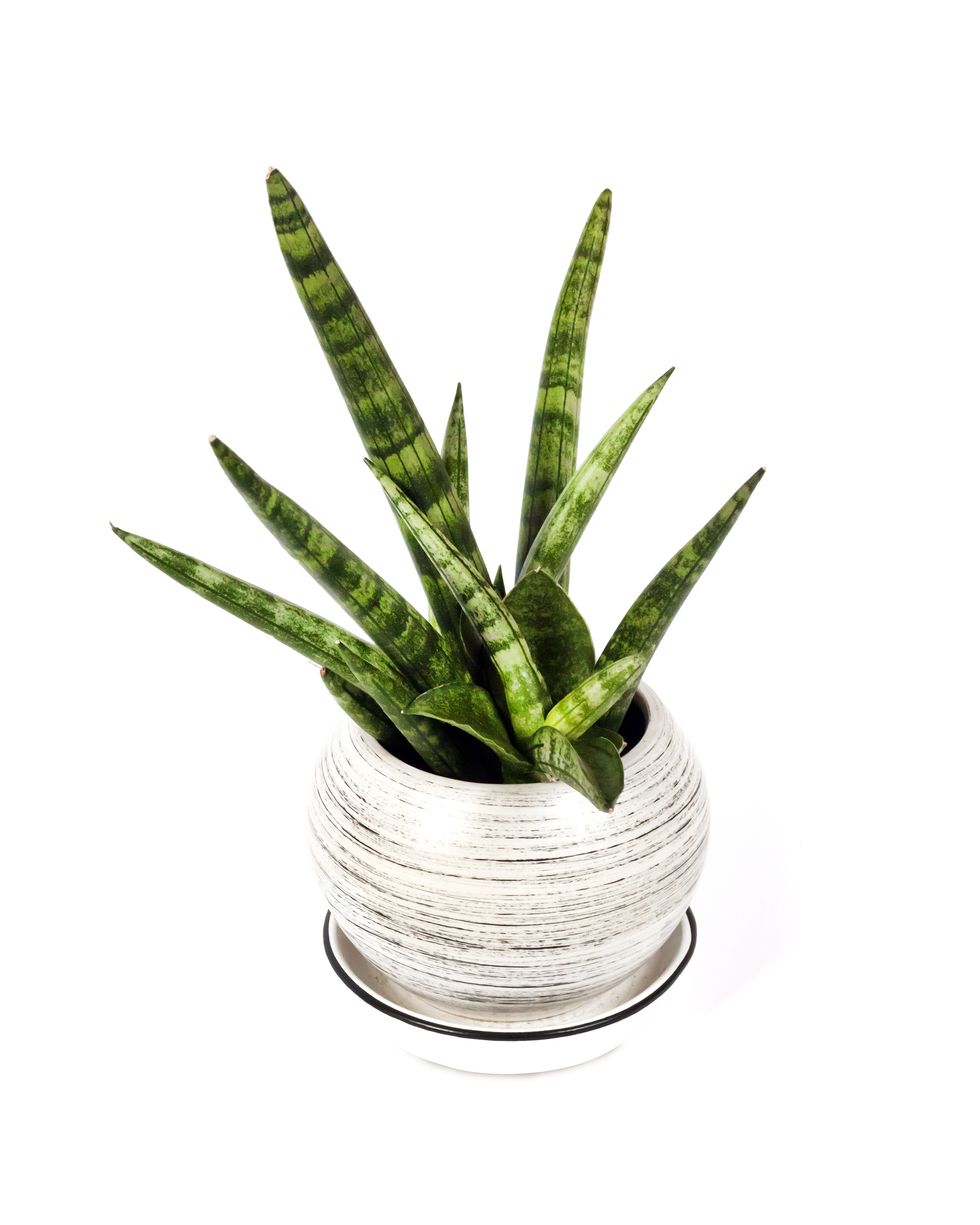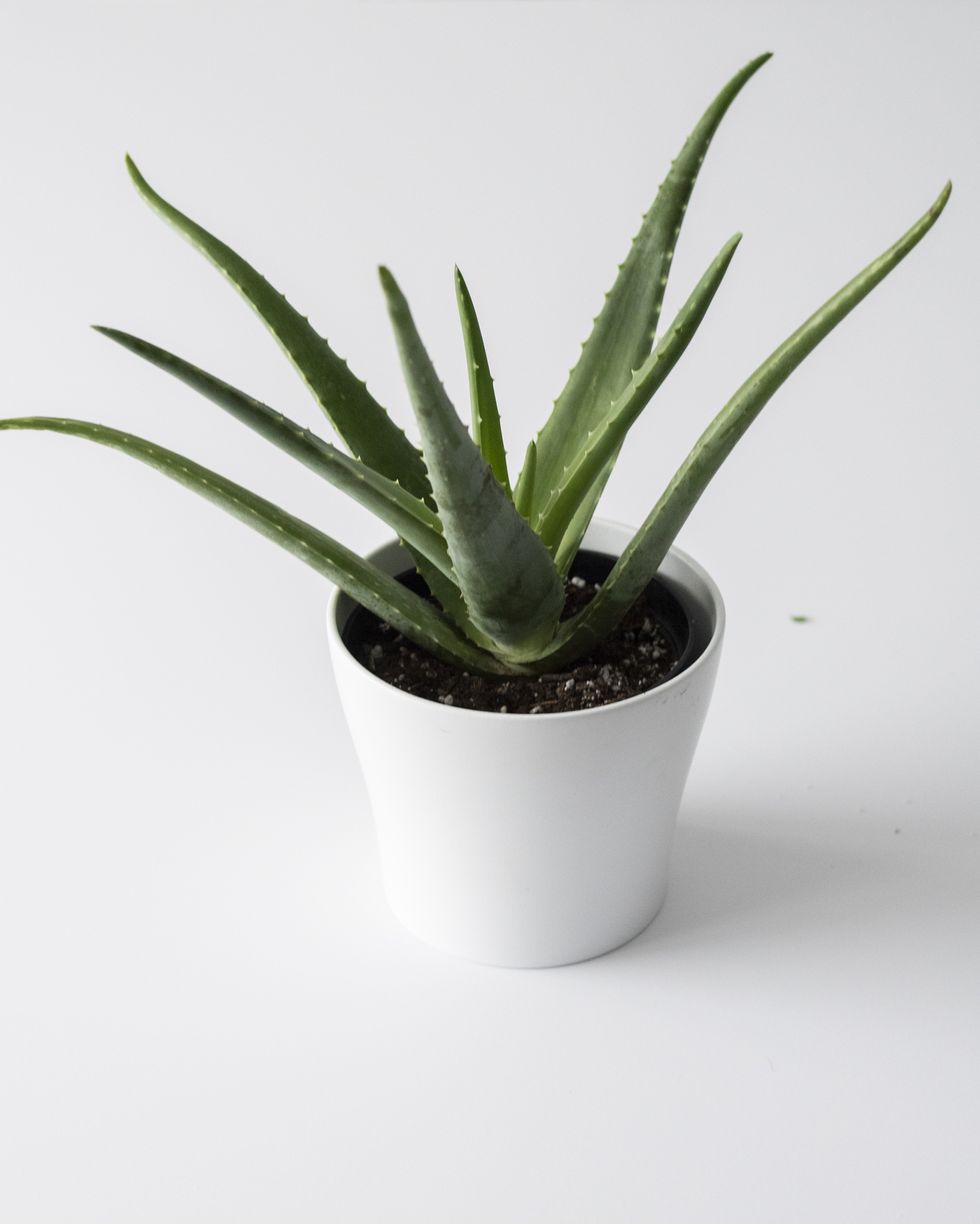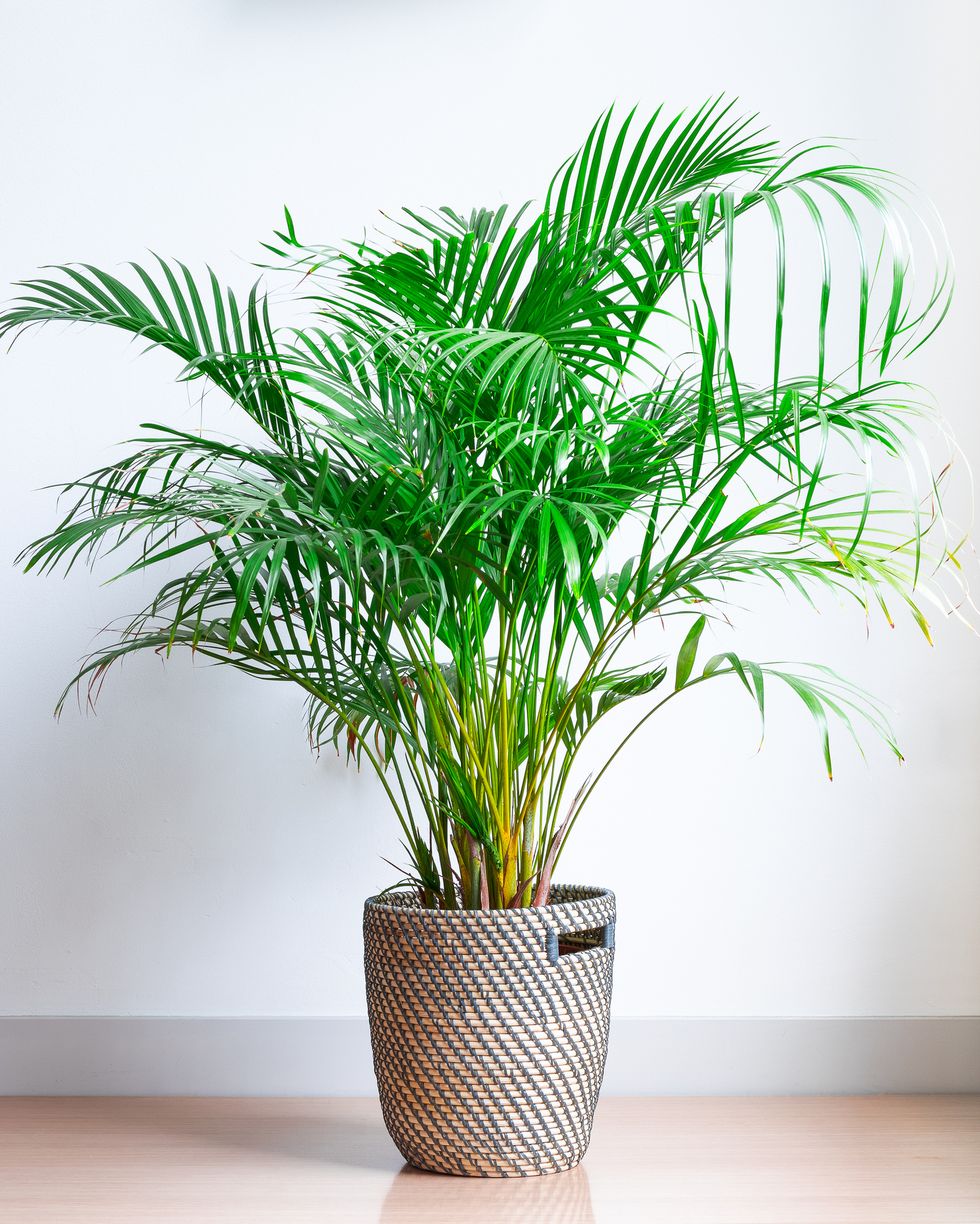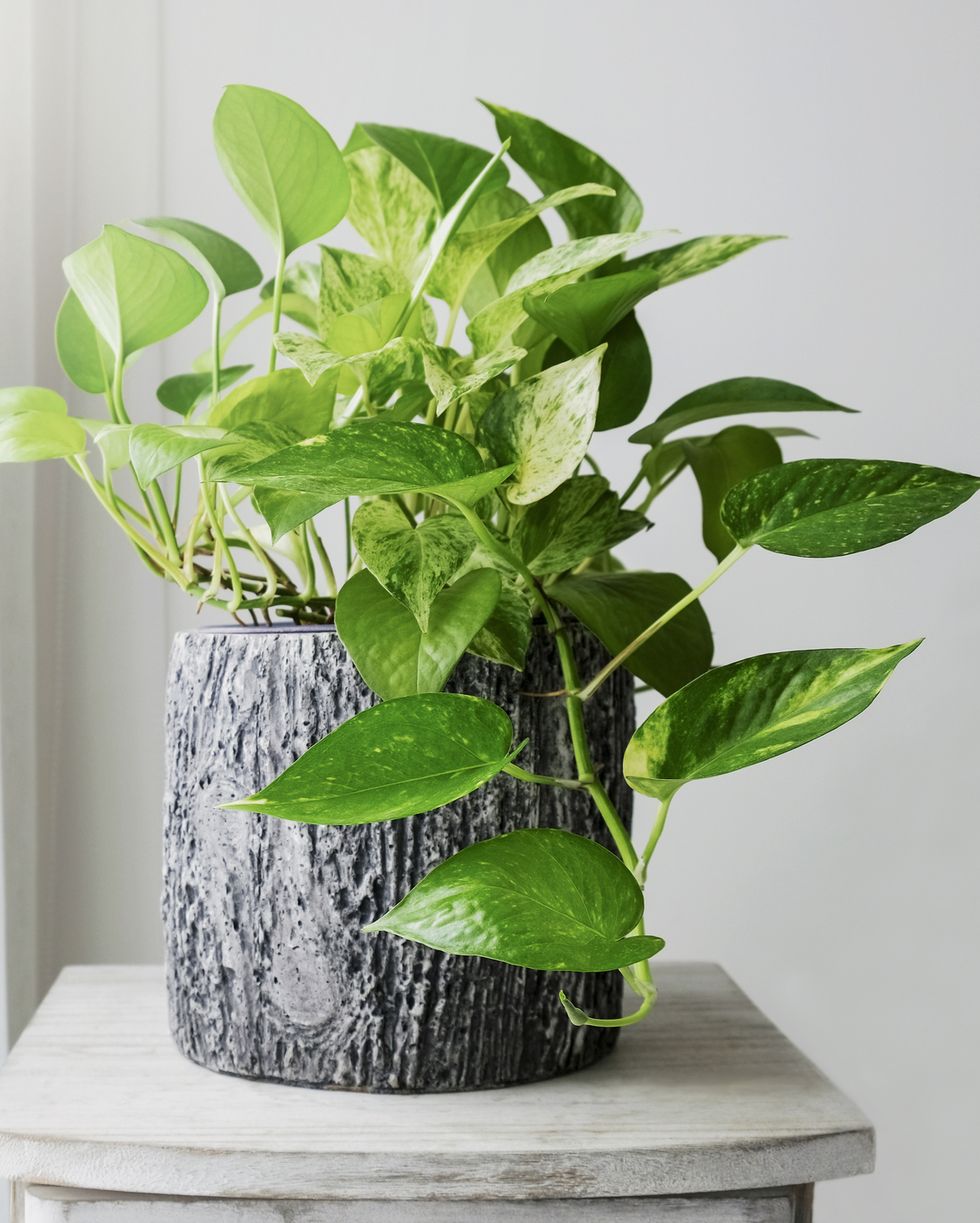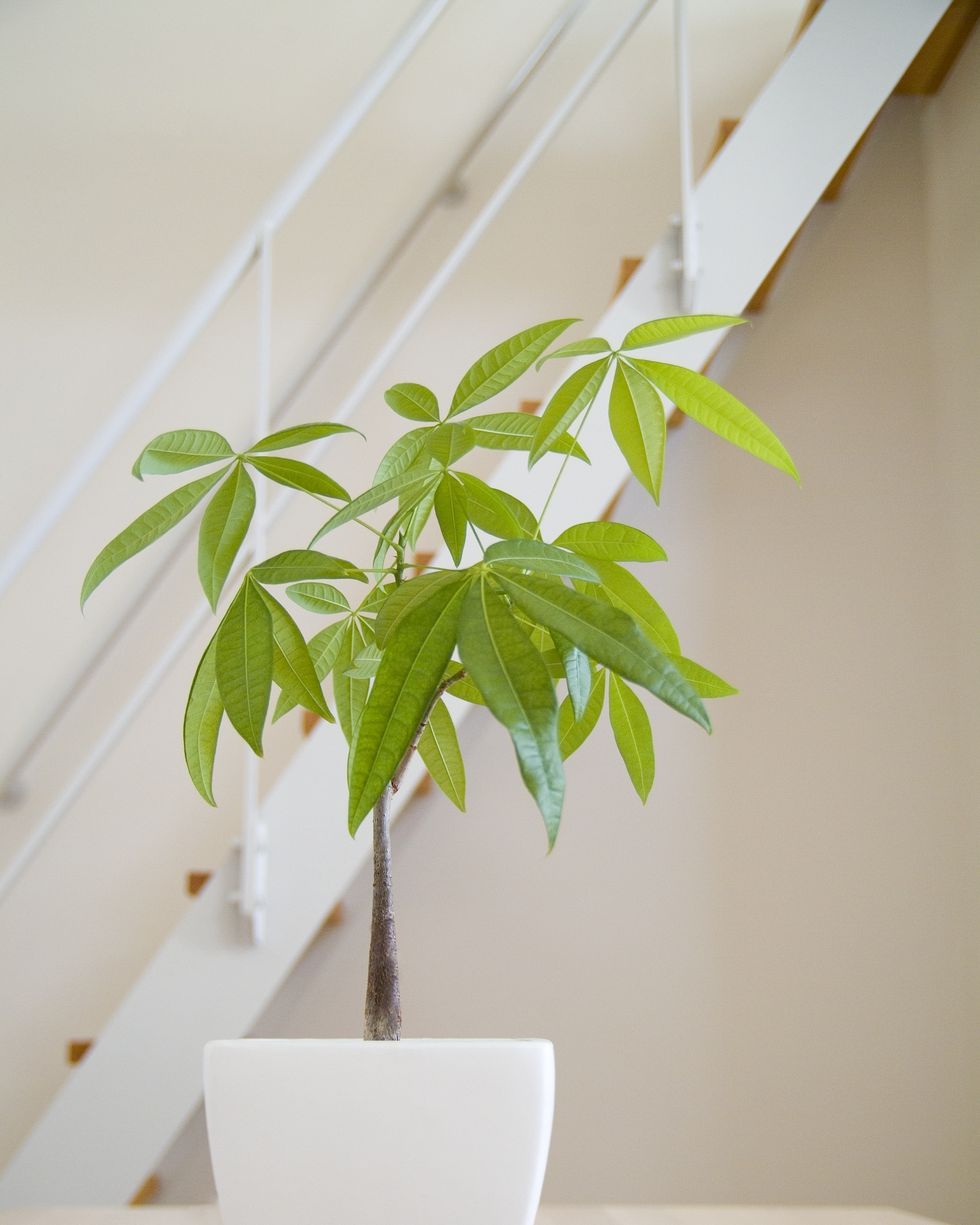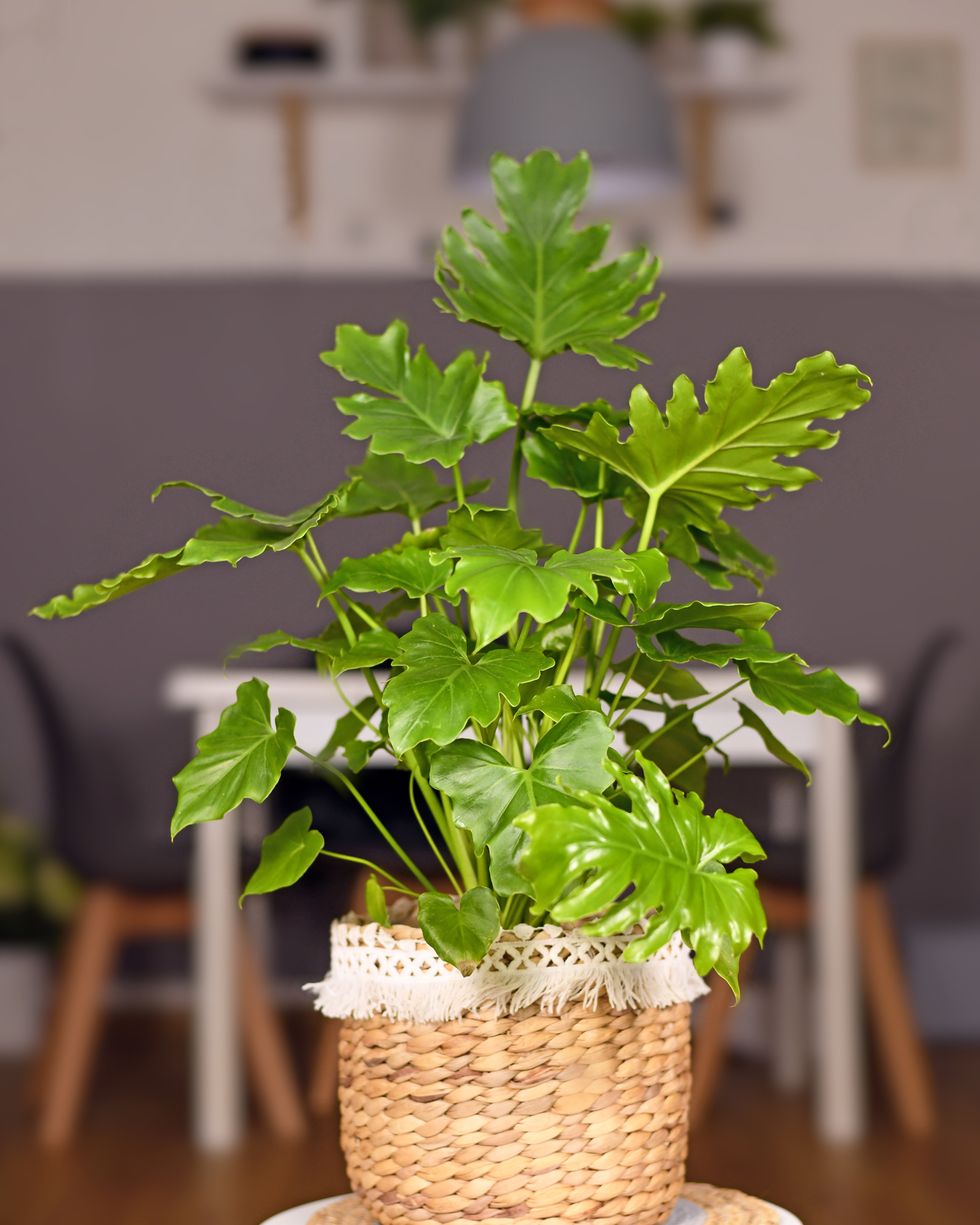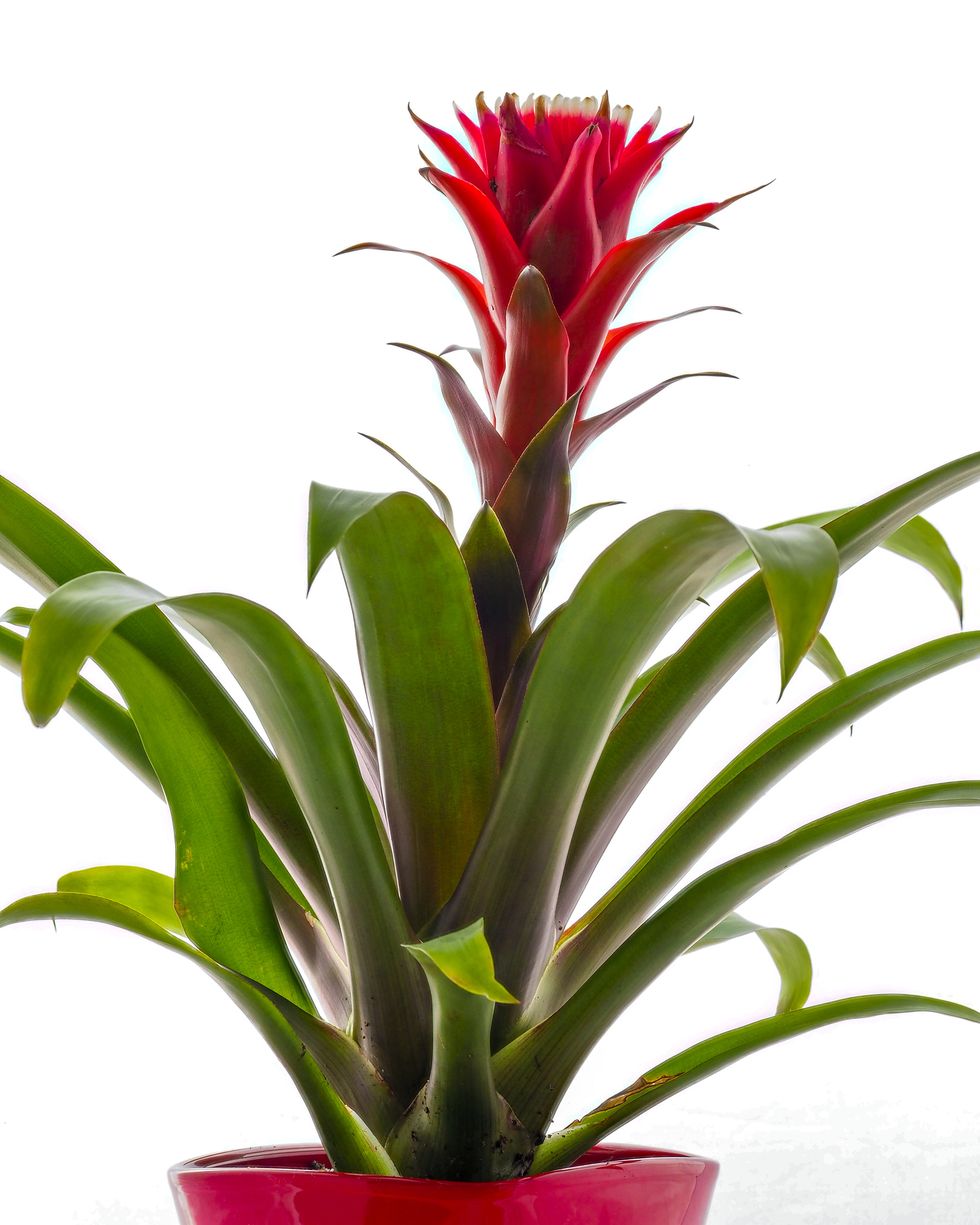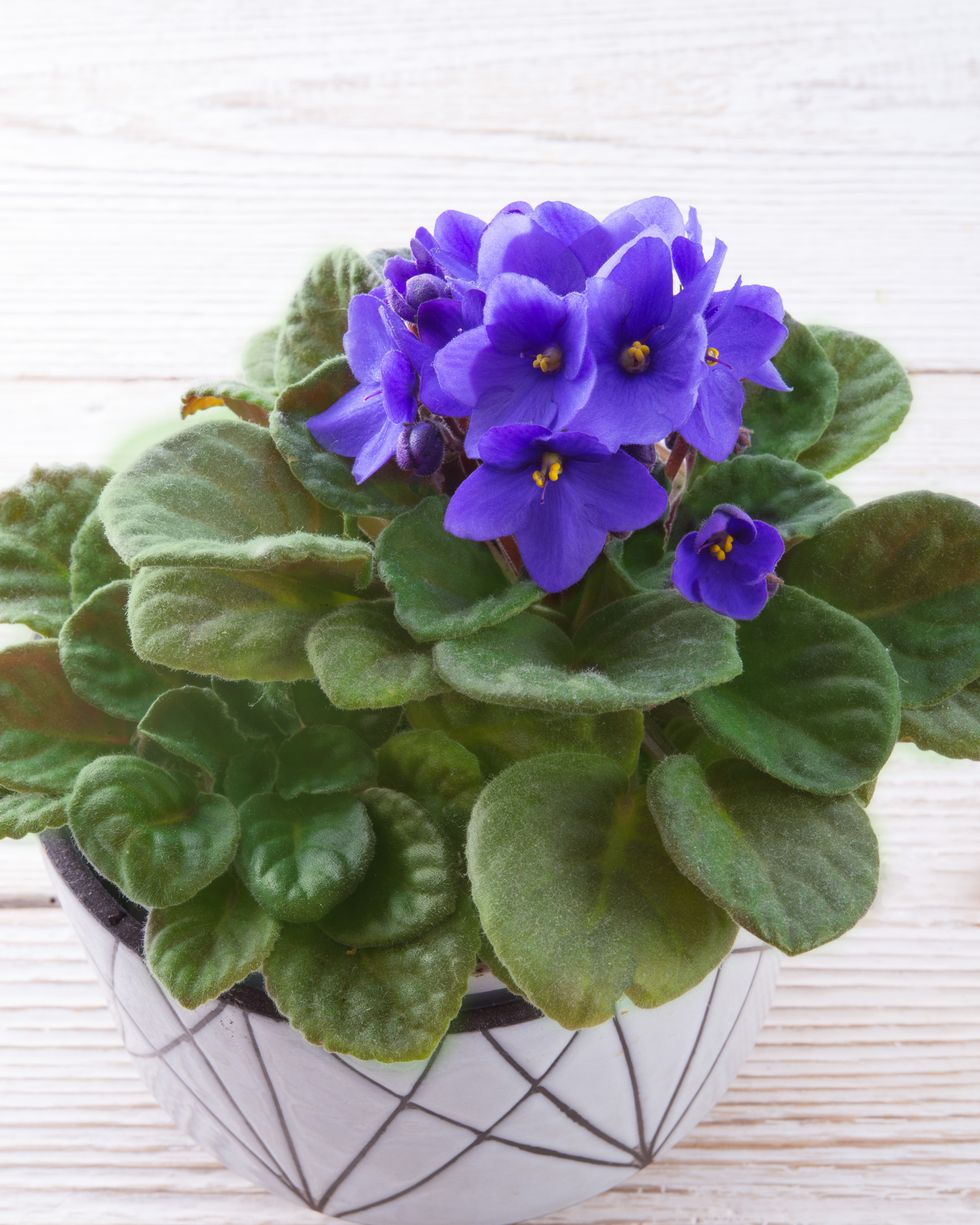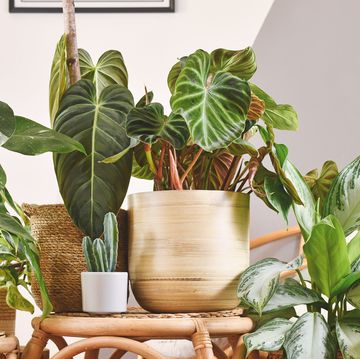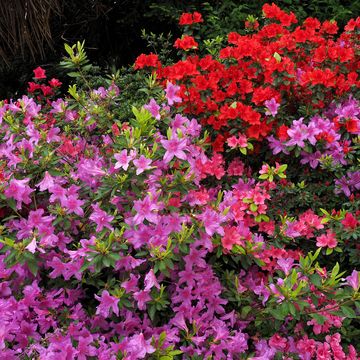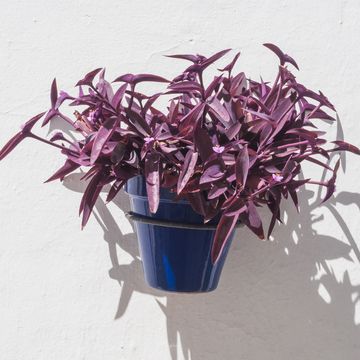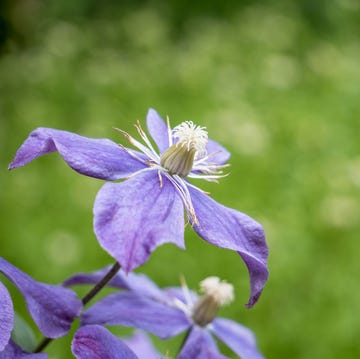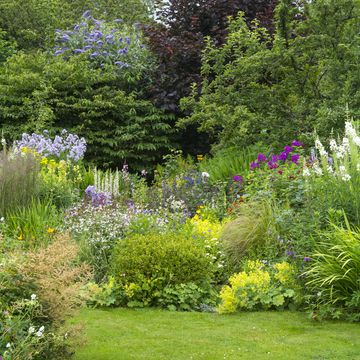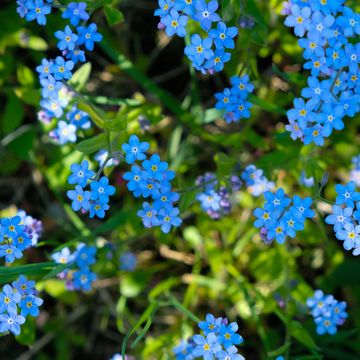17 Best Indoor Tropical Plants to Make Your Home Cozy and Inviting
It's easy to add color and style to any room.

Country Living editors select each product featured. If you buy from a link, we may earn a commission. Why Trust Us?
Houseplants offer instant impact with a splash of greenery that adds color and style to any room, whether it's a bedroom plant or plant that will thrive in your bathroom. Even if you haven't ever grown anything before, there's a houseplant for you! We promise that if you give them what they want, you'll have a happy plant (and you'll be a happy plant parent!).
Most importantly, start with the right light. Most houseplants are tropical in origin, so they crave lots of bright, indirect light. "The more, the better. In just about every house, your plants are going to want brighter light than they get," says Justin Hancock, horticulturalist with Costa Farms. "Many tropical houseplants come from tropical rainforests where they're shaded by the canopy of larger trees. But they get light from all around, not just on one side like near a window in your home."
But just what is bright, indirect light? "You want the plant to cast a strong shadow, but the sun's rays aren't hitting the plant," says Hancock. If the plant is located about a foot or two away from a window, any direct sun is dispersed throughout the room, making it indirect. If you don’t have the right lighting conditions, consider getting an inexpensive LED grow light.
Finally, just because these plants are tropical doesn’t mean they want to stay sopping wet. So don't drown them! Many tropical houseplants die from overwatering than underwatering. Before giving your plant another drink, poke your finger in the soil. If it's pretty moist, you can wait.
Here are our favorite tropical houseplants to make your home more inviting.
Arricca Elin SanSone has written about health and lifestyle topics for Prevention, Country Living, Woman's Day, and more. She’s passionate about gardening, baking, reading, and spending time with the people and dogs she loves.

21 Indoor Plants That Are Easy to Grow
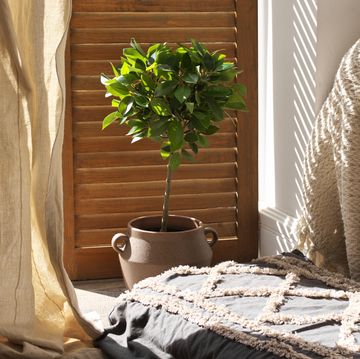
Buying a Ficus Tree? Here's What to Know
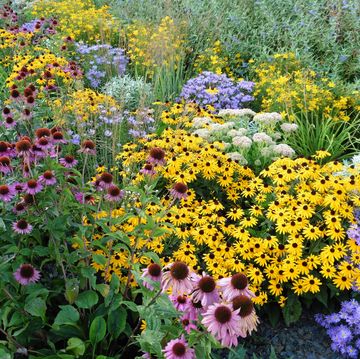
26 Full-Sun Perennials for Your Garden

Got Spider Mites? Here's How to Get Rid of Them
